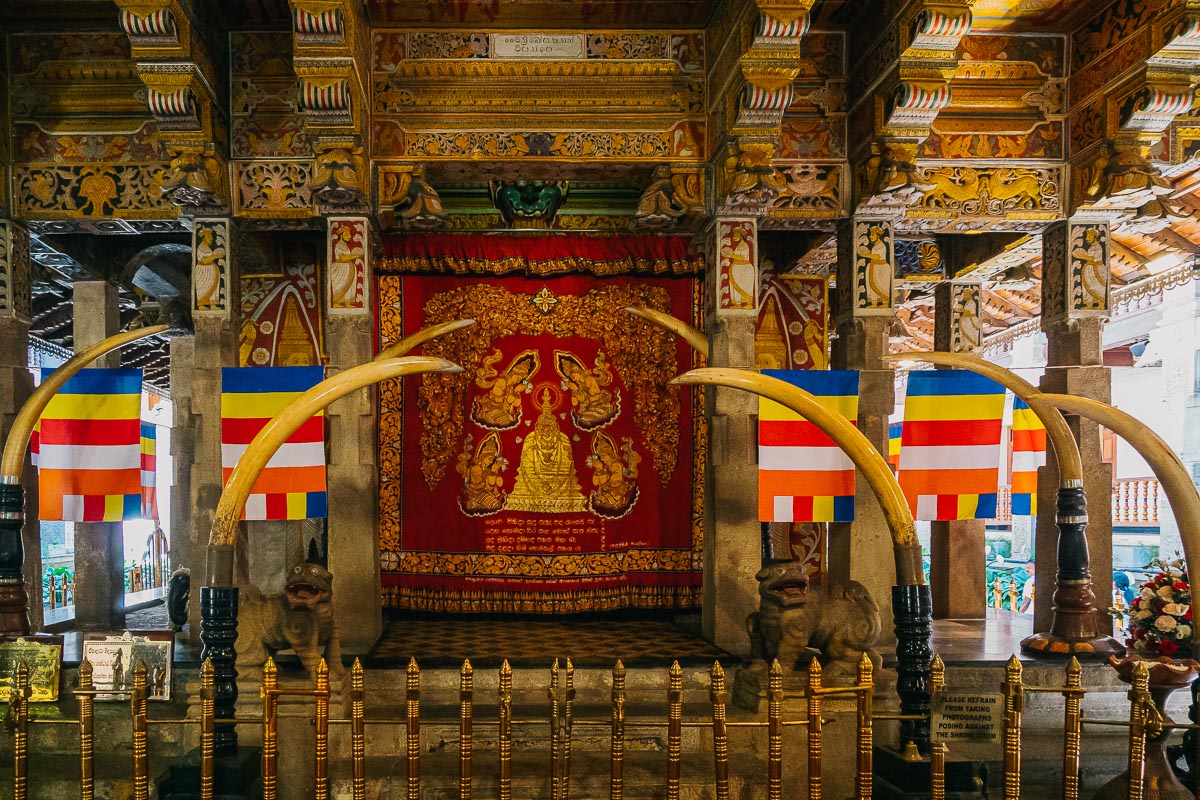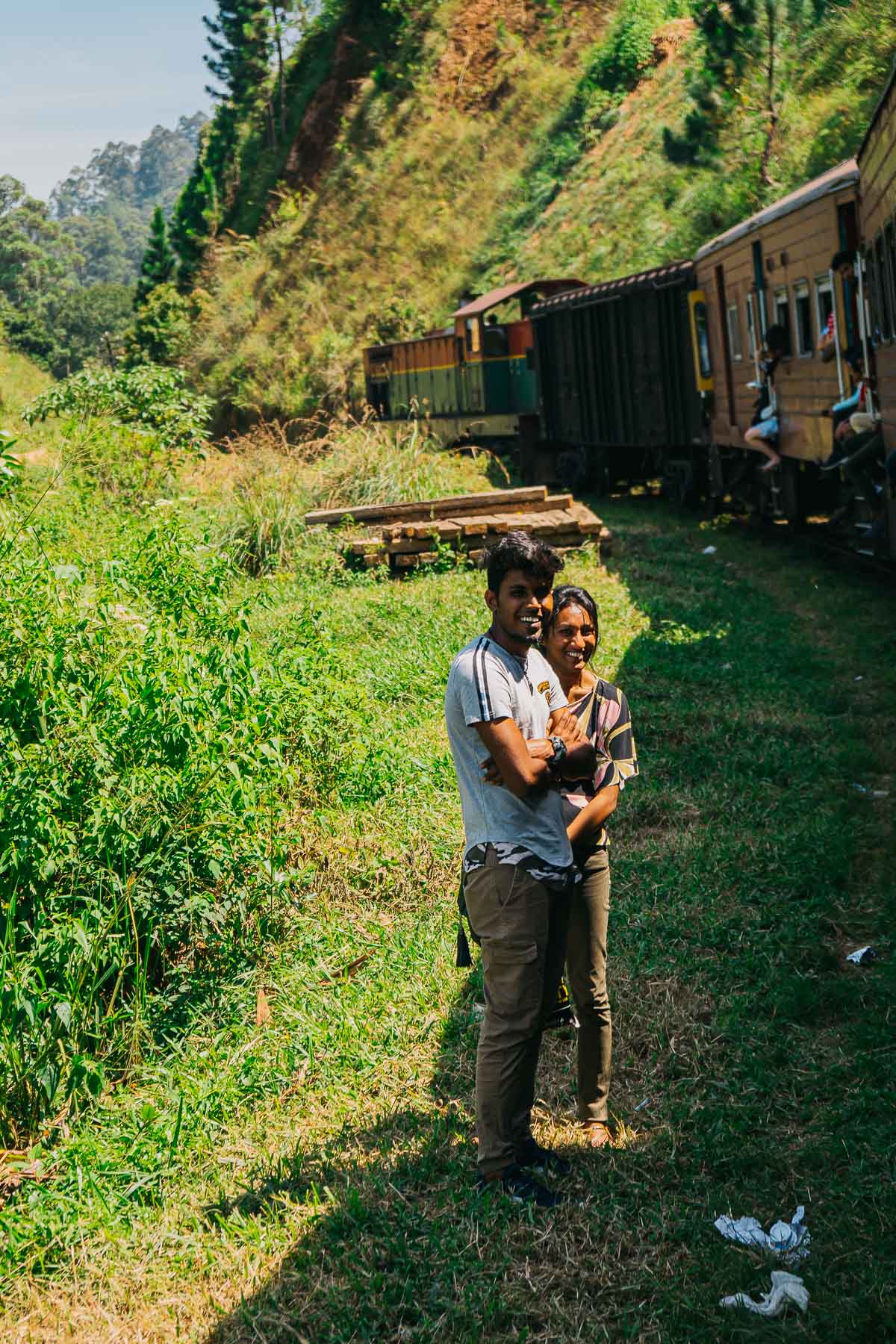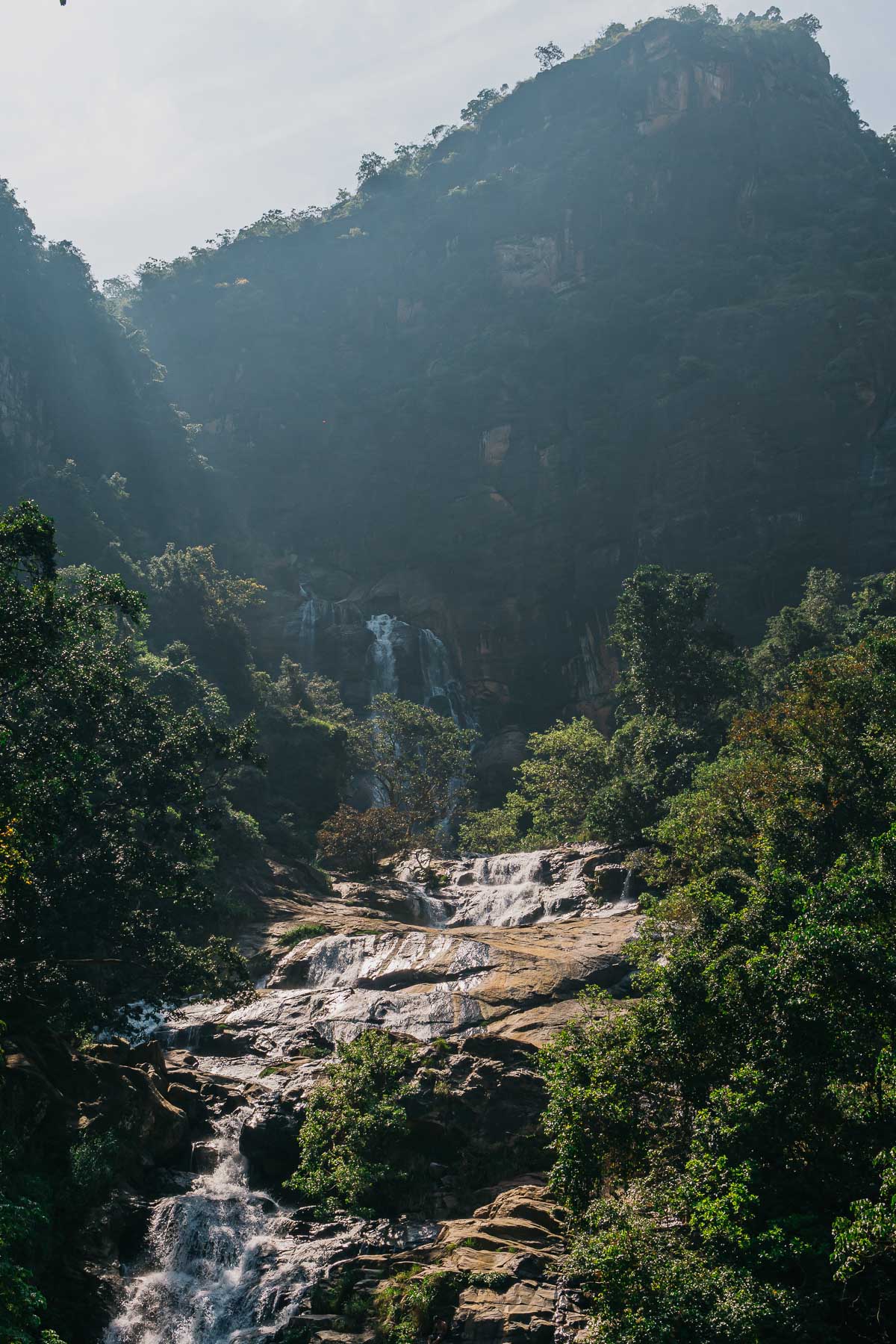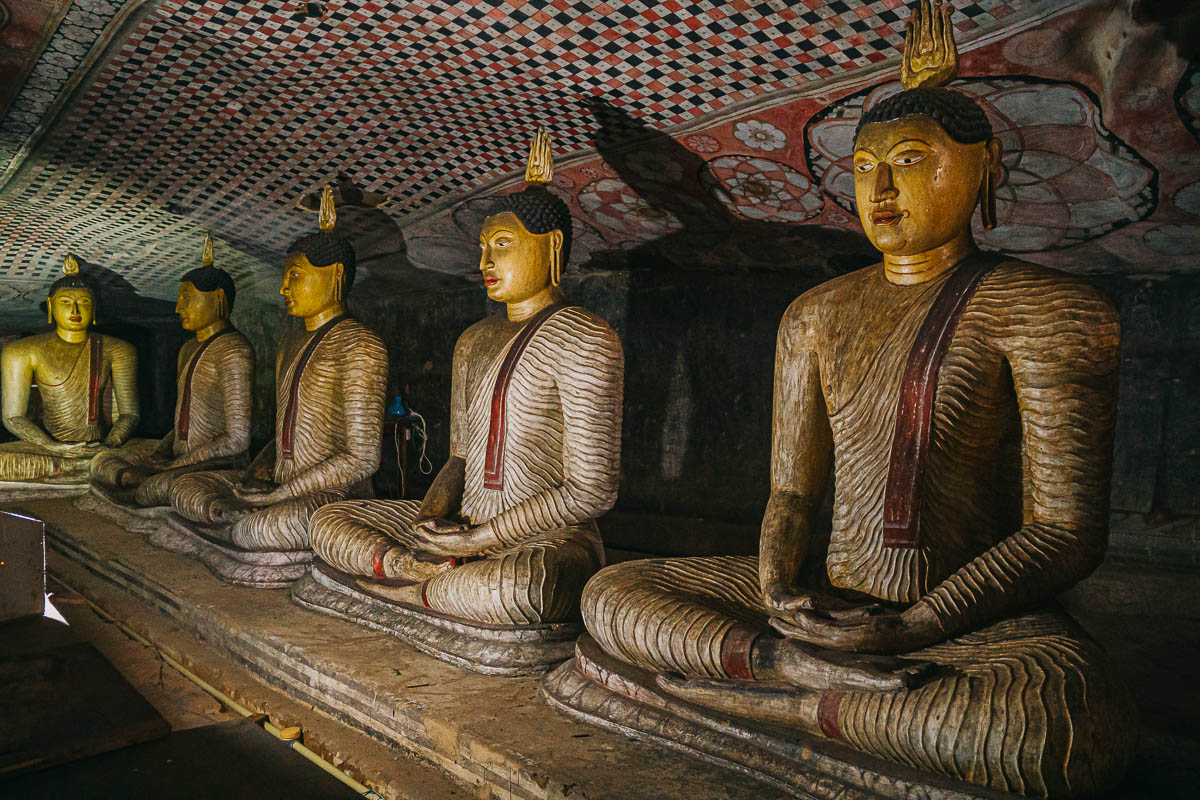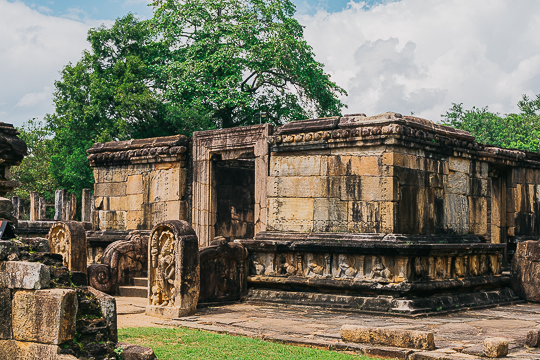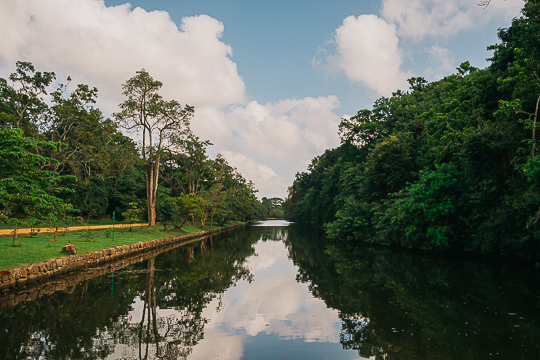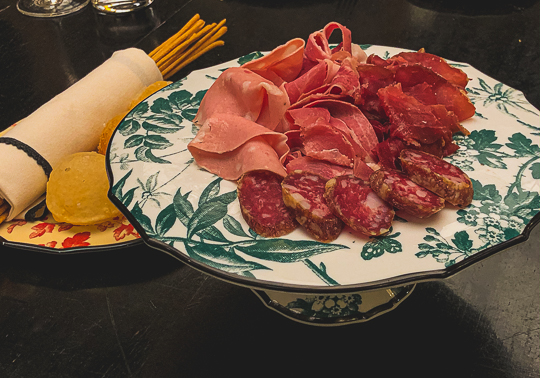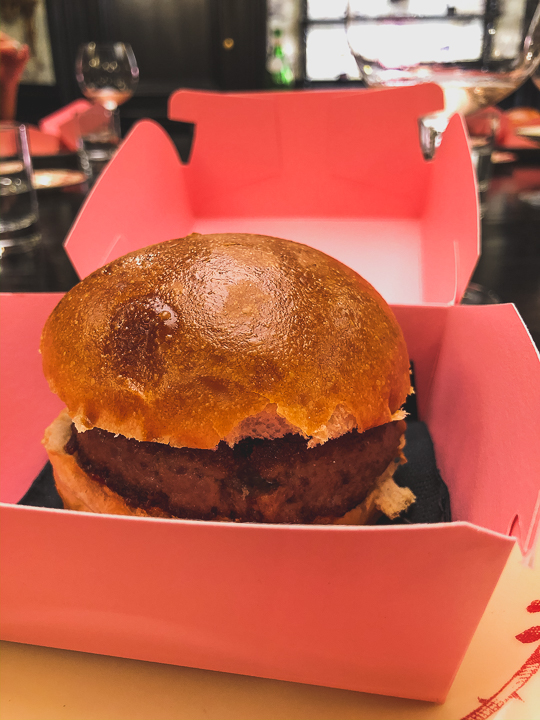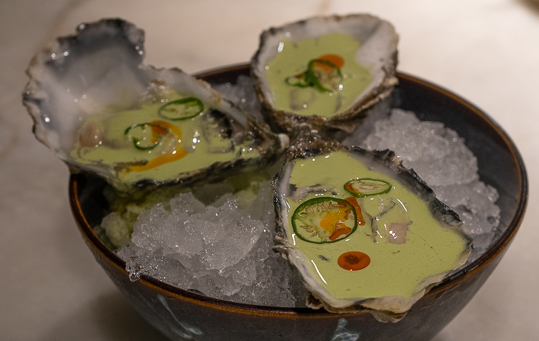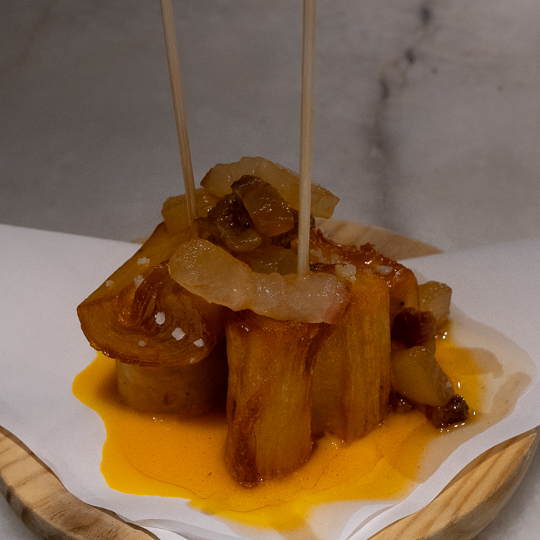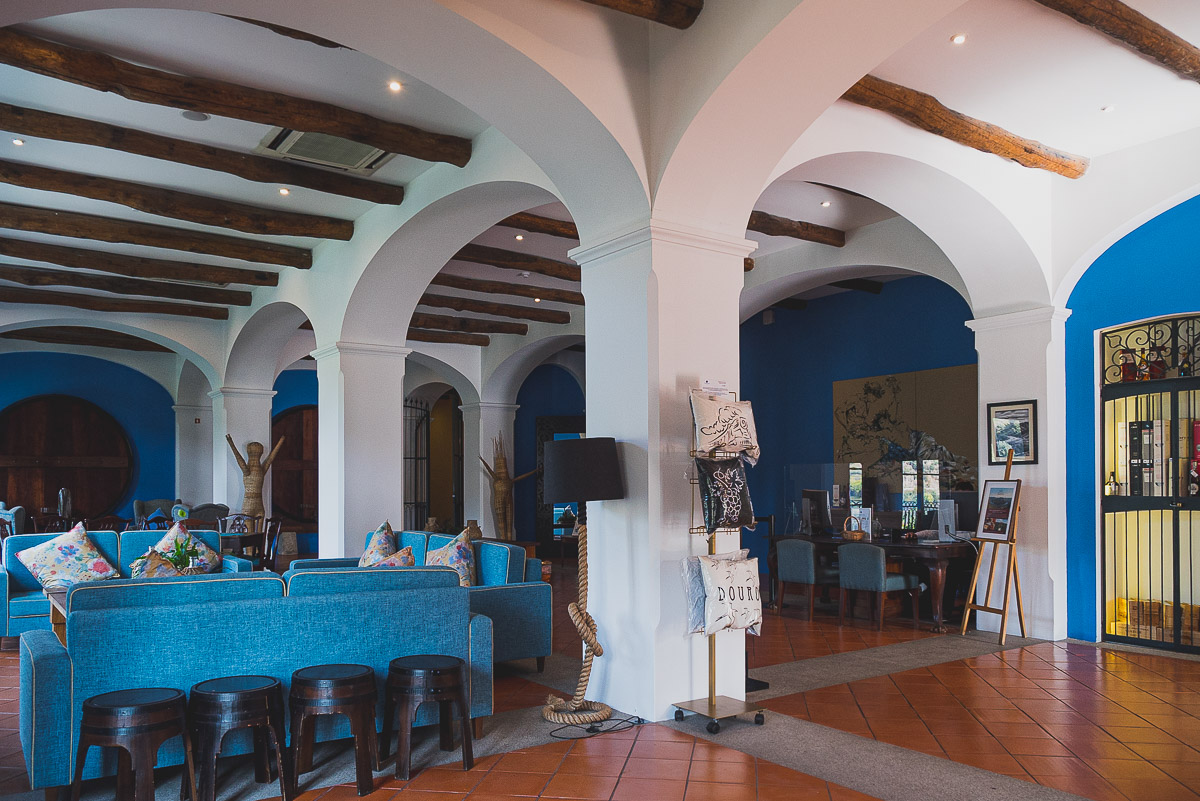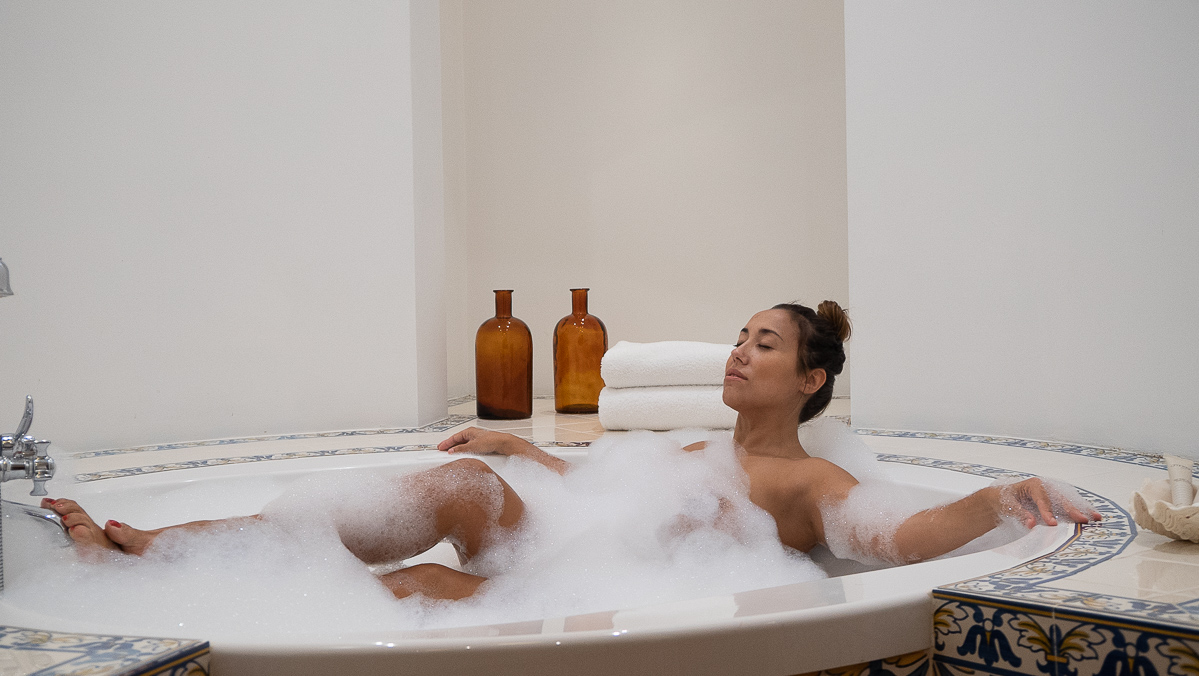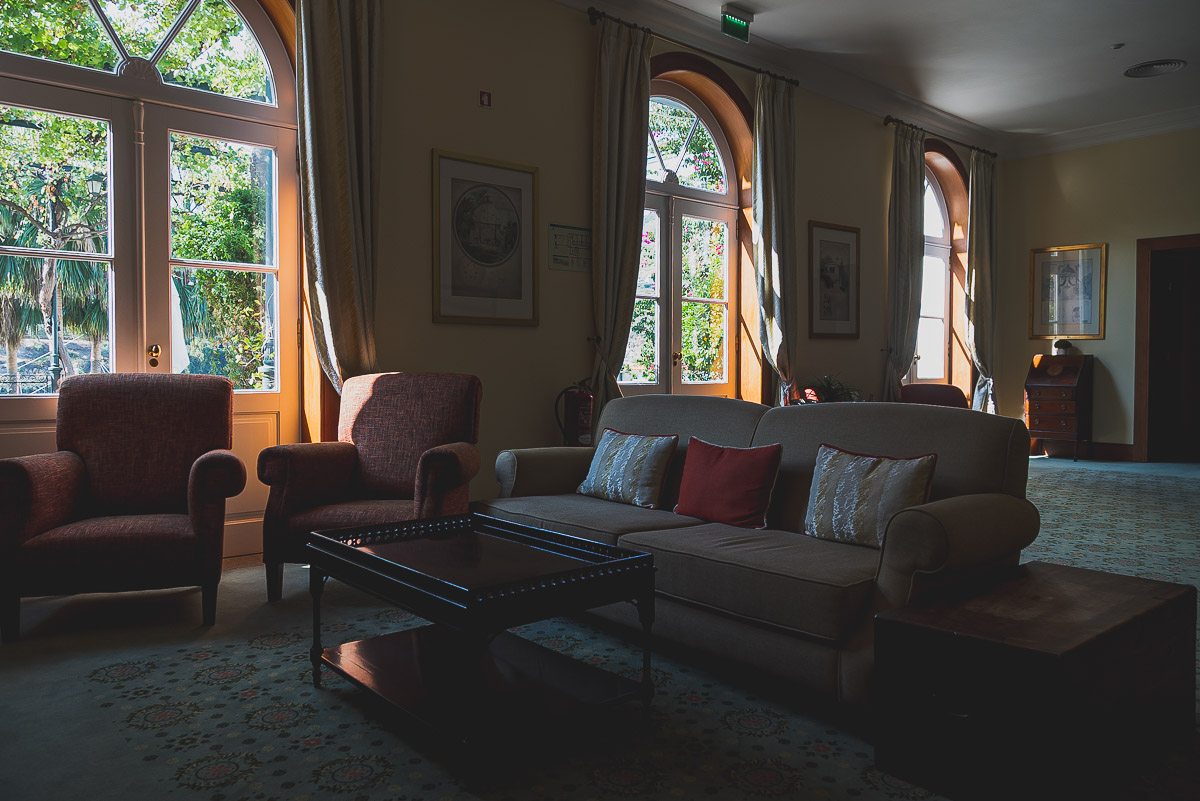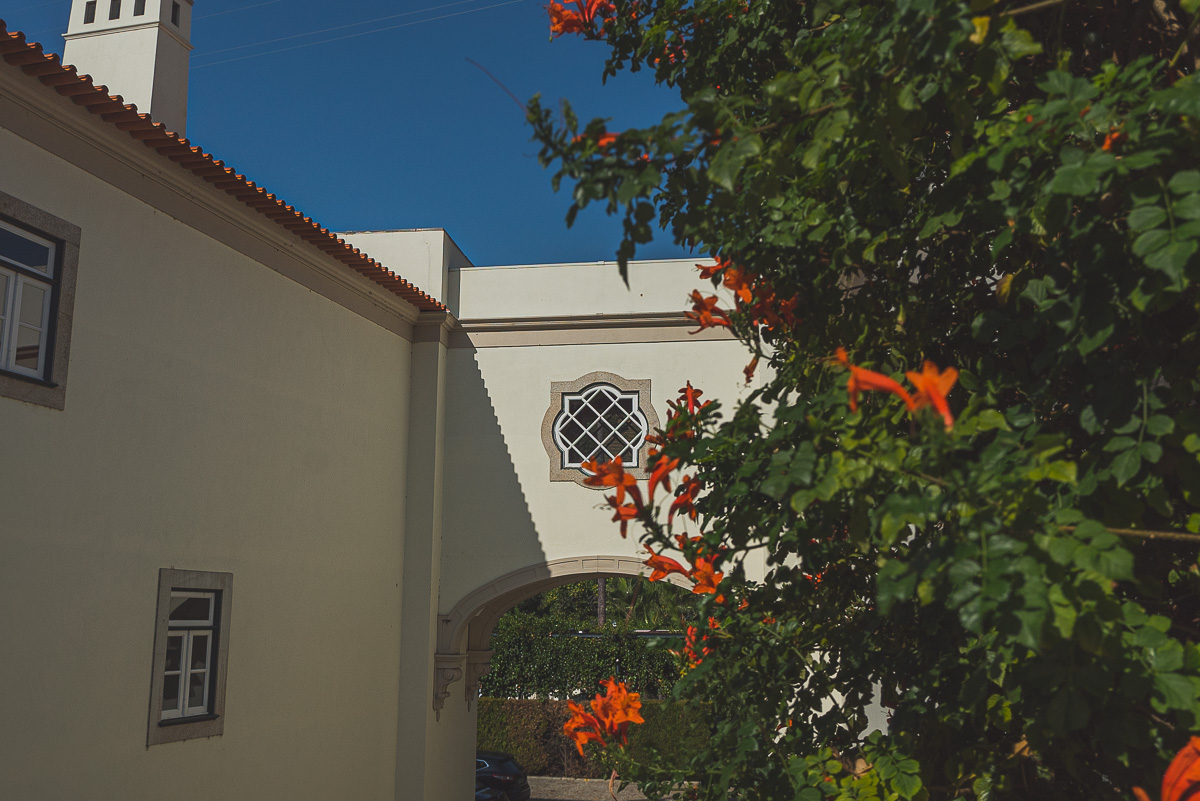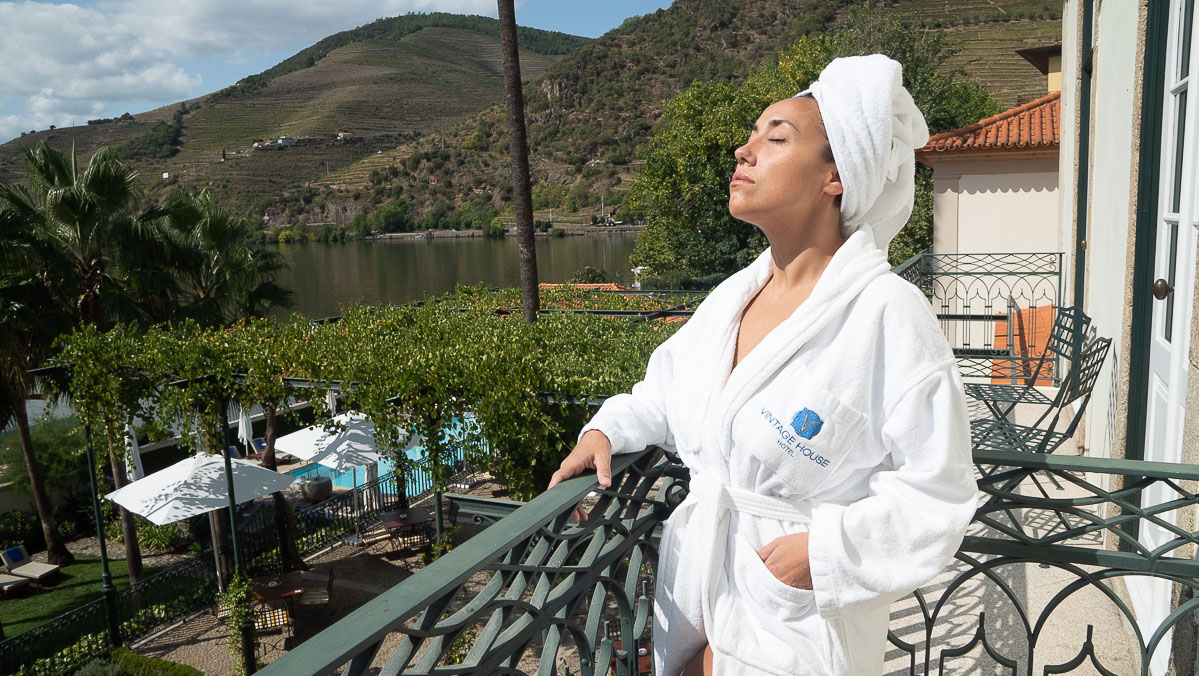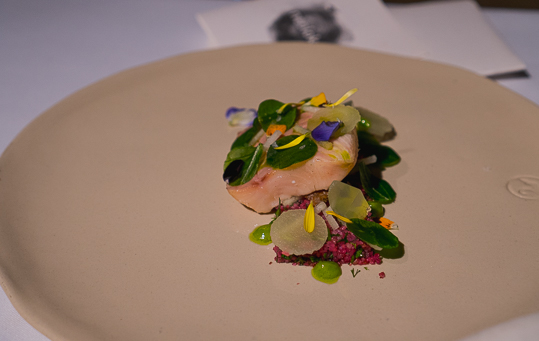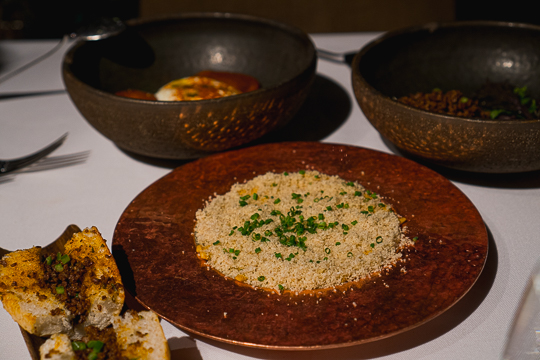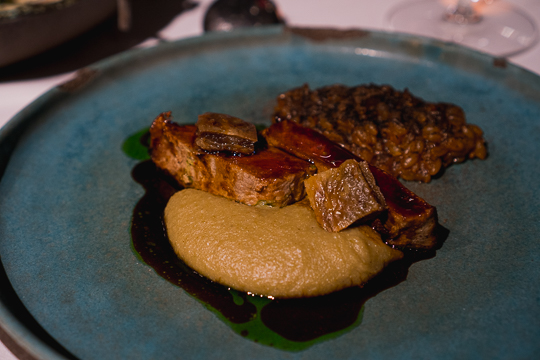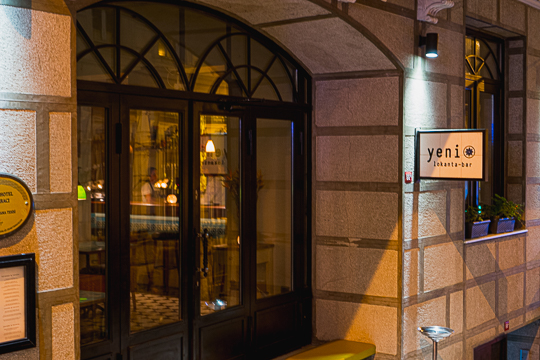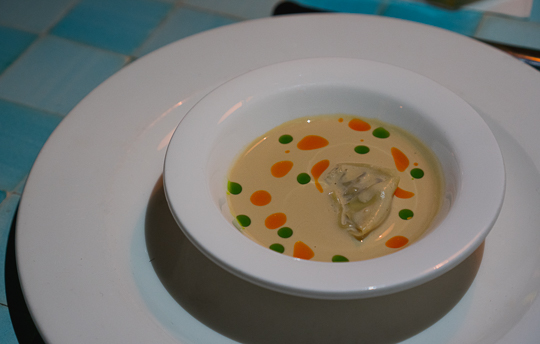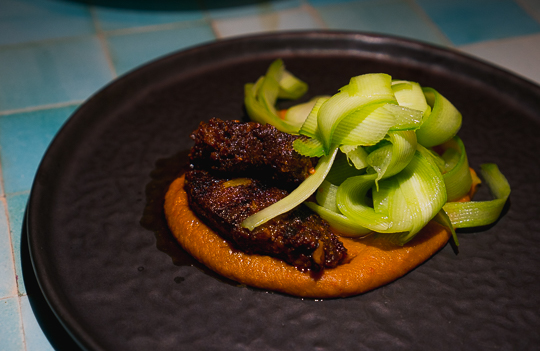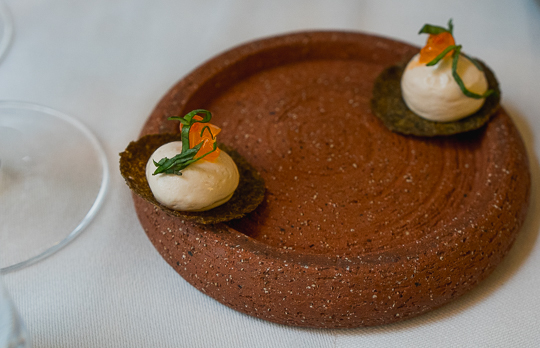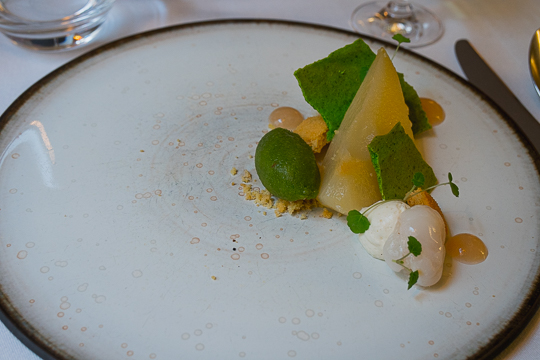Kandy – the religious heart of Sri Lanka!
Kandy is known as the capital of mountains. The city stands out for its beauty and for being the heart of the country in terms of religion. This is where we can find the Dalada Maligawa – an architectural complex made of pink pavilions with red roofs where the Temple of the Tooth of Buddha is located, the most important place of worship for Buddhists.
In addition, we can also find other religious buildings that stand out, such as the Temple of Kataragama, the Temple of Vishnu, the Temple of Pattini, the Temple of Natha Devala, as well as the Monastery of Asigiriya with a huge library and the Monastery of Malwata.
But let’s focus on the most important temple in the country: The Temple of Sacred Tooth Buda Relic.
The Sacred Tooth Relic is (supposedly) the right canine tooth of Gautama Buddha, the 28th Buddha, cremated in India around the 5th century BC, and brought to Sri Lanka
The Temple complex is imposing but is loaded with tourists as it is the most visited site in the country. It is a real bustle of local people, tourists, and monks! This temple was built in 1592 by King Vimaladharmasooriya I, having already been renovated, restored, and expanded.
On the shores of Lake Kandy, this complex comprises the Royal Palace of Kandy, which currently operates as a museum, the courtroom of the court of Sri Lanka, where they still held official ceremonies today, the National Museum of Kandy, the Buddhist Museum, and an octagonal area that is currently a library.
Right at the entrance is a corridor flanked by gardens and statues, and from here, it is possible to admire all the beauty of the complex.
The main attraction – the Sacred Tooth – is found inside seven bell-shaped objects used to store essential artifacts that we can find in the Handun Kunama shrine. This shrine is in a courtyard surrounded by the accommodation buildings of the resident monks and decorated with a golden roof.
Supposedly somebody took this relic from the remains of the Buddha after he was cremated around the 5th century BC. Centuries later, they brought it to Sri Lanka. The Sacred Tooth is worshiped three times a day by several monks – morning, midday, and evening.
After seeing the most significant relic of the country, it was time to stop for lunch. And for that, nothing better than local food in a market for locals and not for tourists!
Very close to the temple complex, there is a small market with various specialties from the country, very traditional and very authentic. Parveen recommended it to us, even though we had already read about it.
Obviously, as soon as they arrive at the place, they think: “Hmmm, this is going to be a mess, but well, let’s try it!”.
Anyone who knows me and reads our articles already knows that I love to try everything and that, unfortunately, I always get sick, but I keep doing the same, and in fact, I think I will do it forever! João and I shared a series of dishes, and it felt like life. Friendly and genuine people, low prices, good food, and an authentic experience!
Needless to say, four hours later, I was vomiting my soul (but I assure you that if I could go back, I would try everything again!).
After the market, we spent the afternoon learning about Tea at one of the biggest producers in Sri Lanka – Blue Field Tea Factory, located between Kandy and Nuwara Eliya.
This place is one of the most popular tea factories in the country, controlling a large property around it and producing high-quality tea that is appreciated all over the world. When visiting the Bluefield Tea Factory, it is possible to walk along some of the plantations and visit the factory itself, following the entire tea manufacturing process. Ending the visit at the shop where we not only taste the tea but also buy it. Which, of course, we did!
Não percam uma visita a uma das plantações de chá e provem sempre que puderem! Digamos que o chá e as suas plantações estão para o Sri Lanka como o douro e o vinho está para Portugal!
Dia preenchido merecia um hotel histórico – escolhemos o Heritance Tea Factory com um autêntico cenário de fábrica antiga, que quase nos remeteu para a
mágica e excêntrica fábrica de chocolate de Willy Wonka! O cenário já era perfeito mas foi levado ao expoente máximo quando no dia a seguir acordamos
acima das nuvens (o hotel fica no alto de Nuwara Eliya) com o mais belo nascer do sol de sempre!
 The most exciting sunrise I’ve ever experienced.
The most exciting sunrise I’ve ever experienced.
 Field workers at Heritance Tea Factory
Field workers at Heritance Tea Factory
Having the privilege of witnessing the best sunrises and sunsets ever in just one trip is to be commended!
I’ve been in Sri Lanka for four days, and I’m falling more and more in love with this country and its people. Today was the day to take what is considered the most scenic train trip in the world (forgive me who said this, but I’ve never taken a train trip through the Douro, that’s for sure!). We took the train from Nuwara Eliya to Ella, believing that this was going to be one of the highlights of our trip. But honestly, it wasn’t.
I love trains, it’s probably my favorite means of transport, so when we decided to include this trip in our itinerary, my expectations skyrocketed. What did I already tell you about expectations?! Then! Control them, always!!!
Tickets must be bought in advance; they have second and first class and all the articles on the internet advise you to choose the second class because the first one has air conditioning and supposedly afterward they won’t let you open the windows or go to the doors to better see the landscape! Forget it!
Buy first! Which, in reality, is not first-class seats; it is equal to the second! The only difference is that they have a place for you where you can put your stuff and sit down whenever you want to sit down! In the second class, it’s basically chaos!
Yes, you can open the windows (because the air conditioning is a poorly functioning fan hanging from the ceiling!), you can get up and go to the door to see the landscape, you can do anything, in fact! The journey on a normal train would take about 45 minutes, but on this one, as we are going at 10km/h, it takes about 3.5 hours! When I say 10km/h, I’m not exaggerating; in some areas, you can go out with it in motion, photograph places, and get back in!
As for the landscape, as I tell you, I much prefer my Douro! I don’t think we had the opportunity to see the best landscapes in Sri Lanka. I expected much more. I thought we were going to contemplate that incredible image of the Bridge of Nine Arches, but no. Perhaps our mistake in choosing the route; we should have taken the trip from Kandy to Ella and not from Nuwara Elyia to Ella. But honestly, 3h30min already reached me; the longest is about 7h!
Well, with this adventure over, it was time to head to the jungle! Yes, true to the jungle! In the amazing Leopard’s Safari!
Anyone who reads my articles knows my passion for safaris and especially for Leopards; if you don’t know, run and read this article. (&beyond Ngala).
We wanted to visit Yala National Park, and for that, there was no better place than Leopard’s Safari, which is very close to the park. We arrived in the afternoon, and I felt so at home that I didn’t want to do anything else that day but explore this little luxury retreat right in the middle of the jungle!

But for that, you better read the whole article about this magical place (here).

